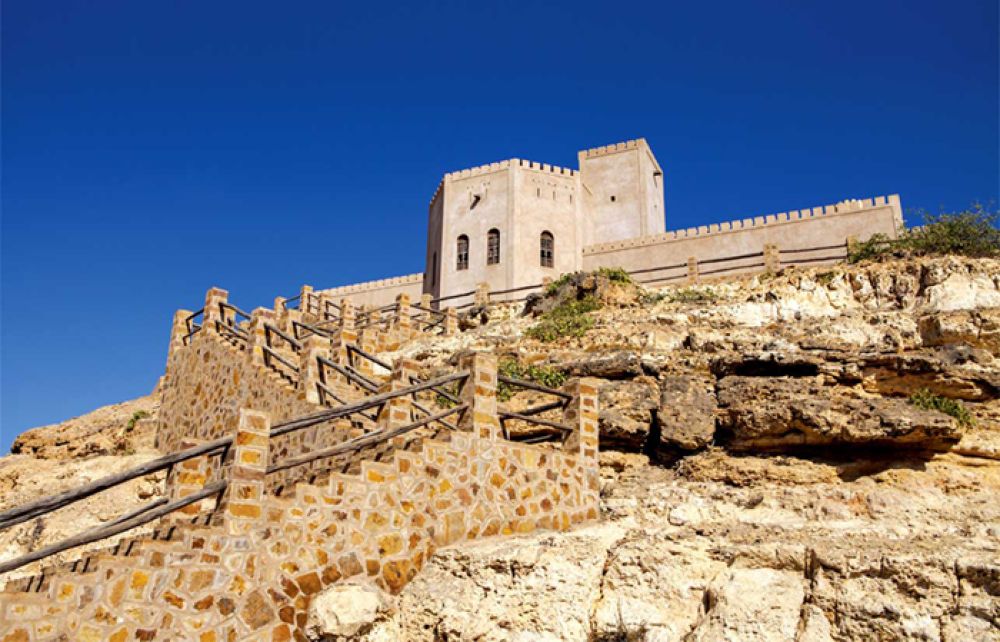

Taqah Castle in Salalah, Oman, is an iconic historic fortress that tells the story of Oman's rich history and heritage. This castle has long been a focal point for tourists interested in exploring traditional Omani architecture and understanding the lifestyle of the region's past rulers and inhabitants. Built in the 19th century, the fortress served as the private residence of Sheikh Ali bin Taman Al Ma'shani, the grandfather of Sultan Qaboos bin Said, the beloved ruler of Oman until 2020.
The history of tourism at Taqah Castle is intertwined with the broader development of tourism in Oman. The country opened itself up to international visitors in the late 20th century, with a focus on cultural and eco-tourism that showcased its unique heritage and natural beauty. Taqah Castle became an important site for visitors as Oman began promoting its cultural assets.
Restoration efforts have been pivotal in preserving the castle for future generations. These efforts have allowed tourists to see the traditional Omani architecture and the ingenious ways the inhabitants dealt with the hot and arid climate. Visitors can explore the various rooms, including the Majlis (meeting room), the kitchens, living quarters, and the prison used in historical times, all restored and furnished to reflect their original use.
In recent years, the Omani government has focused on developing infrastructure and improving accessibility to historical sites like Taqah Castle. The area has seen an upgrade in facilities, with informative displays and guided tours that enhance the visitor experience.
Another shift in the tourism landscape has been the growing emphasis on sustainable tourism. Conservation of the castle and its surroundings remains a priority, ensuring that development does not come at the expense of the natural or historical environment.
The latest trends in Omani tourism have seen a drive towards experiential and adventure travel, with holidaymakers looking to immerse themselves in the local culture and environment. Tourists are now seeking more than just sightseeing; they want to engage with the local communities, participate in traditional crafts, and explore the diverse landscapes that Oman offers—from its desert dunes to coastal cliffs and lush greenery during the Khareef (monsoon season).
Salalah, in particular, has capitalized on the trend of "Khareef Tourism" where visitors come to experience the unique monsoon climate that transforms the region into a verdant paradise, differentiating it from the rest of the Arabian Peninsula.
Visitors to Taqah Castle can enjoy the castle throughout the year, although the best time to visit would be during the cooler months from September to March. Tourist facilities include guided tours, which offer deeper insight into the historical context of the castle, as well as nearby marketplaces where one can purchase traditional Omani goods and handicrafts as souvenirs.
As Oman continues to grow as a tourist destination, Taqah Castle remains a testament to the country's commitment to preserving its heritage while opening its doors to the world. Tourists will find in Taqah Castle a window into the Oman of yesteryears, a place where history lives on amidst the ever-changing tides of modernity.